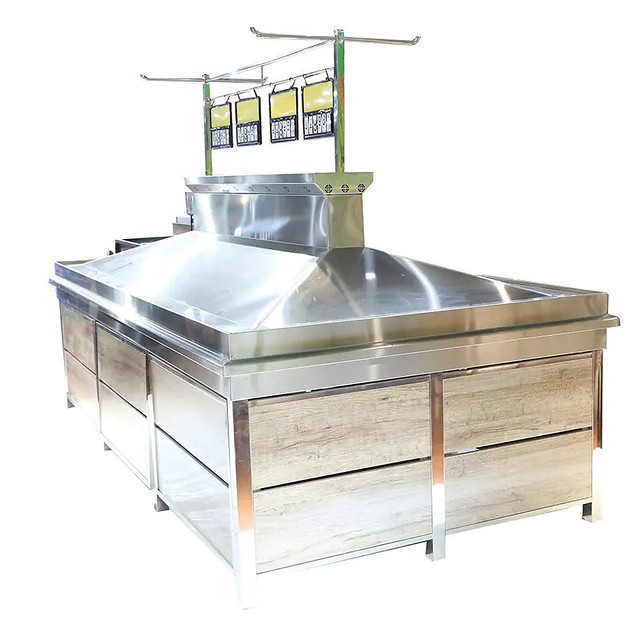Carbon Steel Plate
Carbon steel plate refers to a type of steel plate that contains mainly carbon as the alloying element. It is widely used in various industries due to its exceptional properties and v Weldable structural steel plate ersatility. This article will delve into the manufacturing process, characteristics, advantages, usage methods, tips for selecting this product, and ultimately draw a conclusion about carbon steel plates.
Manufacturing Process:
Carbon steel plates are typically manufactured through either hot rolling or cold ro Cold rolled steel plate lling processes. Hot rolling involves heating the steel above its recrystallization temperature and then gradually passing it through sets of rollers to achieve the desired thickness. On the other hand, cold rolling entails passing the heated material through more rollers while maintaining galvanized steel supplier relatively lower temperatures. Cold rolled carbon steel plates have smoother surfaces compared to their hot-rolled counterparts.
Characteristics:
1. Cold Rolled Steel Plate: These types of carbon steel plates are known for their high dimensional accuracy and excellent surface finish.
2. Weldable Structural Steel Plate: Carbon steel plates designated for structural purposes possess good weldability characteristics.
3. Low Carbon Steel Plate: Plates with low levels of carbon content exhibit increased ductility Round Steel and improved formability.
4.Mild Steel Plate:Mild steels show great machinability due to low cost.
Advantages:
1.Carbon Steel Platestrength-to-weight ratio makes it perfect for building structures where strength is c Carbon Steel Plate rucial while keeping weight manageable.
2.Weldable nature allows simplified construction by joining pieces together using various welding techniques such as arc welding or Carbon Steel Plate gas welding.
3.High durability ensures extended life span even under harsh conditions such as extreme temperatures or corrosive environments.
Usage Methods:
The uses of carbon steel plates are diverse across several industries like construction, automotive manufacturing, shipbuilding,
and oil refineries.Their applications range from fabricating support beams and columns to constructing storage tanks
or making pipes.Depending on specific needs,cold rolled or mild versions may be ch alloy steel plate osen accordingly
How To Select Carbon Steel Plates:
When selecting carbon steel plates, several factors should be taken into consideration.
1. Material Grade: Consider the required mechanical properties like yield strength, tensile strength, and elongation percentage.
2. Surfac

e Finish: Determine if a smooth or textured finish is necessary for your application.
3. Thickness: Choose the appropriate thickness depending on structural and load-bearing requirements.
4. Coating Options: Galvanized steel plates provide enhanced corrosion resistance in demanding environments.
Conclusion:
Carbon steel plates are essential materials used Low carbon steel plate in various industries due to their exceptional properties, including high strength,
weldability, and durability.These plates come in different grades with varied compositions,
allowing users to select the most suitable one for their specific applications.By understanding the manufacturing process,
characteristics, advantages, usage methods,and selection tips discussed above,a conscientious bu Carbon Steel Plate yer can make an informed decision when purchasing carbon steel plates.
In summary,Cold rolled,Weldable structural,Mild steel plate.Non-alloy galvanized suppliers offer Round Steel alongside Carbon Steel Plate making it easier for customers to find products that c

ater
to their needs.It is crucial to evaluate specifications,take into account location-specific conditions,and consult experts if needed
in order to ensure optimal performance of carbon steel plate installations.
